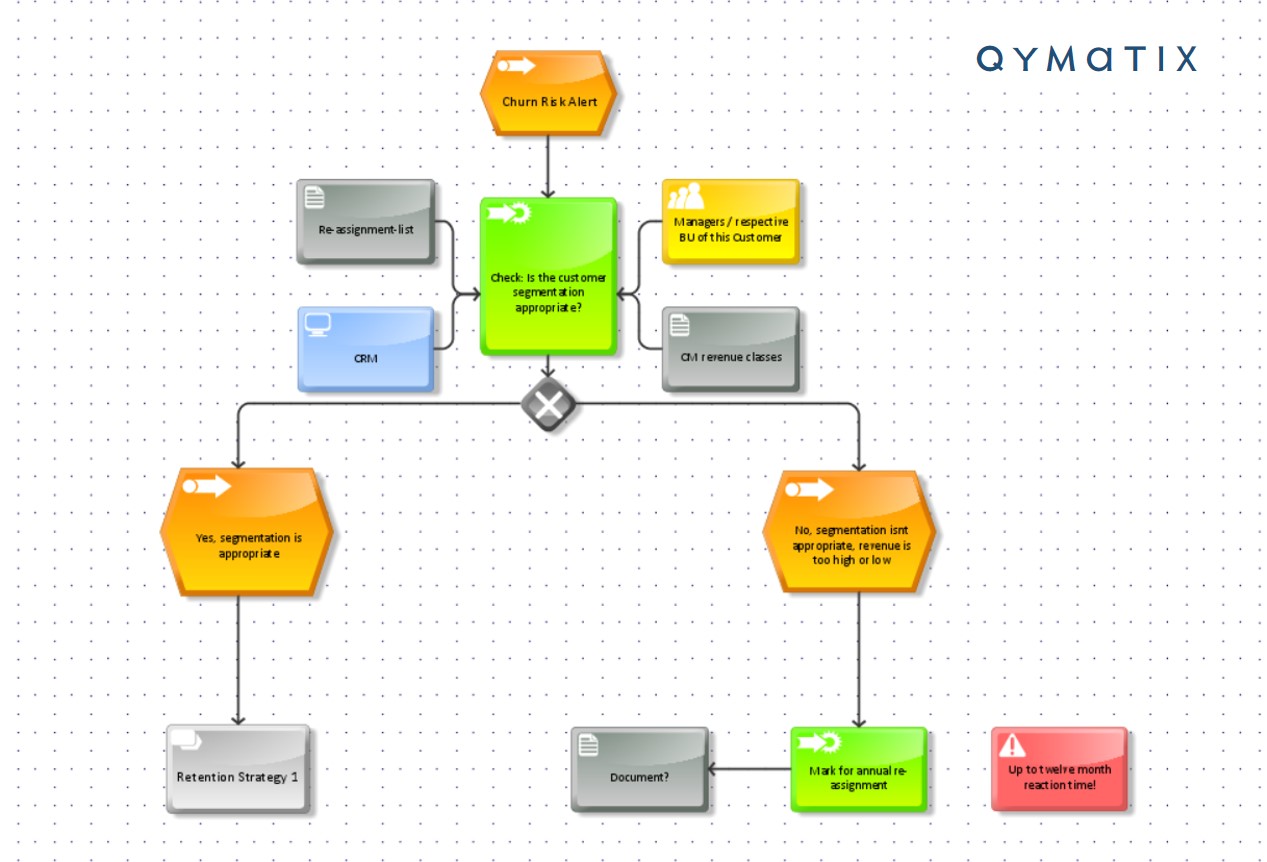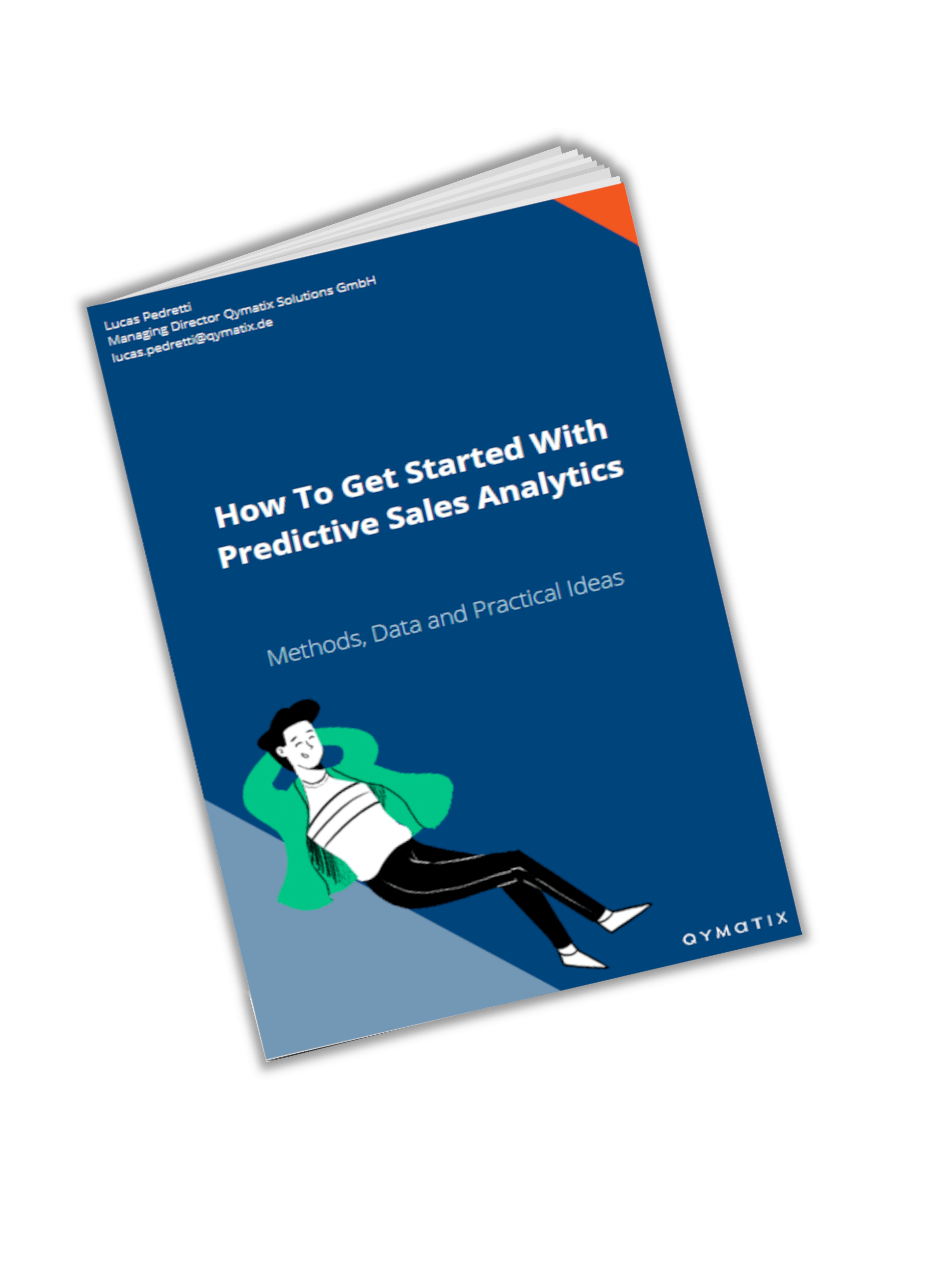Why Algorithms Are The Future Of Sales Success

Please enter your Email address
We put our lives in the hands of autopilots regularly. When are we trusting AI with our customer relationships?
Lawrence Sperry was the third son of Elmer Sperry, one of America’s most prolific inventors. Elmer filed 400 individual patents, more than twice the amount of Thomas Alva Edison. Father and son together not only invented together, but they also manufactured and sold their inventions through their companies too.
Lawrence invented the autopilot. He took one of his father’s most famous inventions, the gyrocompass, and developed an automatic flight control system.
At the time of his design, 1912, aeroplanes were still relatively under-developed, unstable and experimental. Nonetheless, Lawrence Sperry’s autopilot changed the aviation industry forever.
With progress in aviation and relying on highly developed aeroplanes, autopilots today are a sophisticated matter. They helped us to conquer aviation and made it possible to travel long hours across the world. They are loved and hated by pilots. They are an integral part of an automated flight management system. These safety systems are not risk-free, as we dreadfully experienced recently with the Boeing software tragedy.
Have you ever considered that today, experienced pilots of big commercial planes do not fly their aircraft for more than a few minutes per route? Lawrence Sperry would be delighted to know that, yes, 99% of the time, a software is flying the plane.
Algorithmic Management: let the software do the hard work.
Reread the last paragraphs to see the big picture. Airlines worldwide put costly machines and the lives of millions of people into the hands of pilots using software 90% of the time. We, air-travellers, put our lives in the hands of autopilots regularly. How is this possible?
Using autopilots to fly over the Atlantic is not only possible but necessary. Autopilots can even safely land planes. Pilots are continuously and intensively trained to understand how autonomic systems work and how to use them. The same principles apply to other – non-safety-relevant – professions.
Recent research by Alexandra Mateescu and Aiha Nguyen explained the newly created term “Algorithmic Management in the Workplace”. The Carnegie Mellon University Human-Computer Interaction Institute coined the term “Algorithmic Management”.
Thanks to big data and faster networking, information systems can now automate management tasks previously reserved to middle or upper Management – that’s “Algorithmic Management”.
Autopilots for non-pilots: predictive analytics
There are no precise figures about how many employees (besides commercial pilots) work managed by algorithms. However, recent estimations would put the number at about one million, for the US alone.
Companies, such as ride-hailing Lyft and Uber, food-delivery Deliveroo, and online intermediaries such as TaskRabbit, use algorithms to manage billions of tasks during the last years.
These companies are not automatizing the employee’s duties; they are automatizing the manager’s job.
We can say the same about artificial intelligence for sales. For example, Predictive Sales Software offers a list of tasks ranked by the impact they will have on the results. Ours also comes with an intelligent advisor, where it provides specific customers insights – something an experienced sales executive would do.
How do you make sure your sales planes fly higher and longer with an autopilot? To consider this last question, it is worth noting how airlines train their pilots and how modern plane manufacturers develop autopilot systems.
Develop the autopilot with the pilots. Train the pilots to use the autopilots.
Elmer Ambrose Sperry, the father of Lawrence Sperry, founded the Sperry Corporation in 1910. The Sperry Corporation does not exist anymore. Some of its former divisions became part of Honeywell, Lockheed Martin, United Technologies, and Northrop Grumman. Sperry’s Gyroscopes, metaphorically speaking, are still flying today.
An autopilot nowadays is an integral part of a Flight Management System and use computer software to control an aircraft. Sophisticated aeroplanes, airliners as Airbus A320 or Boeing 737 generally include a full performance Vertical Navigation (VNAV). The purpose of the Flight Management System, together with the VNAV, is to predict and optimize the entire flying path, including the vertical way.
Implementation of an accurate VNAV is difficult and expensive, but it pays off in fuel savings, besides safety and comfort. Without modern autopilots, Flight Management and Vertical Navigation Systems, pilots would be not able to fly. Developing accurate and safe modern autopilots requires the constant input of experienced pilots and aircraft manufacturers.
The main lesson to you need to take away is twofold: pilots are developers as well as users of autopilot systems. They know best how a plane flies and how intelligent software should help them fly. However, once the solution is ready, pilots are regularly trained on how the autopilot works.
Make algorithm-driven sales work at your company.
The same principle applies to comparable autonomous systems. You implemented an “autopilot” for your sales representatives. This predictive analytics software tells them which customer to call next, what products to offer, how to reduce attrition risks. Now what?
Implementing predictive sales analytics does not only means software; it means adapting sales processes to its optimal usage.
The same principle applies to any autopilot or augmented system: the user should learn how to use it and how to react accordingly.
And this is not a minor point. It does not matter how intelligent or fast an algorithm can work; in every complex system, humans still call the shots. They should, therefore, know how to work together with intelligent software, be it autopilot, autonomous driving, or predictive sales analytics. Moreover, transparent processes and procedures should be in place, before the system can safely fly.
To be more specific, see the example below. Here we have defined, together with the sales experts of one of our customers, a set of micro strategies. These micro-strategies are the backbone of the company’s user manual and assist the Key-Account-Managers in the usage of a Predictive Sales Software – same as an autopilot would do.

CALCULATE NOW THE ROI OF QYMATIX PREDICTIVE SALES SOFTWARE
Why Algorithms Are The Future Of Sales Success – Summary
Algorithms are the future of sales because they enable a much more productive salesforce. Teams work faster, safer and more relaxed while being supported by algorithmic Management – a.k.a. Software.
Modern aircraft employ complex mechanics and software to automatize flying decisions. No pilot can stay alert for 14 hours to cross the Atlantic.
The same way we are nowadays used to put our lives in the hands of autopilots, salesforces across the globe trust their customer relationships to predictive sales software.
Autopilots were not without controversy and are not risk-free. It took Lawrence Sperry and his father many trials and errors until they figured out how to use mechanics to flight a plane automatically.
Today, flying will be impossible without autopilots. The same will soon be the reality for artificial intelligence and sales.
Do you have any further questions on Predictive Analytics? We are happy to help!
CONTACT US TODAY FOR YOUR PERSONAL CALL
Free eBook for download: How To Get Started With Predictive Sales Analytics – Methods, data and practical ideas
Predictive analytics is the technology that enables a look into the future. What data do you need? How do you get started with predictive analytics? What methods can you use?
Download the free eBook now.
- We will use this data only to contact you for discussing predictive sales KPIs. You can read here our declaration on data protection.

Further Read:
Cappelli, Peter (2018): Are Algorithms Good Managers? Ed.: HR Executive
Mateescu, A. & Nguyen, A. (2019): Algorithmic Management in the Workplace. Ed.: Data & Society
Möhlmann, M & Zalmanson, L. (2017): Hands on the wheel: Navigating algorithmic management and Uber drivers’ autonomy. Ed.: Research Gate
O´Connor, Sarah (2016): When Your Boss is an Algorithm. Ed.: Financial Times
Online Magazine of Aviators (2012): Historic Wings – Flight Stories

